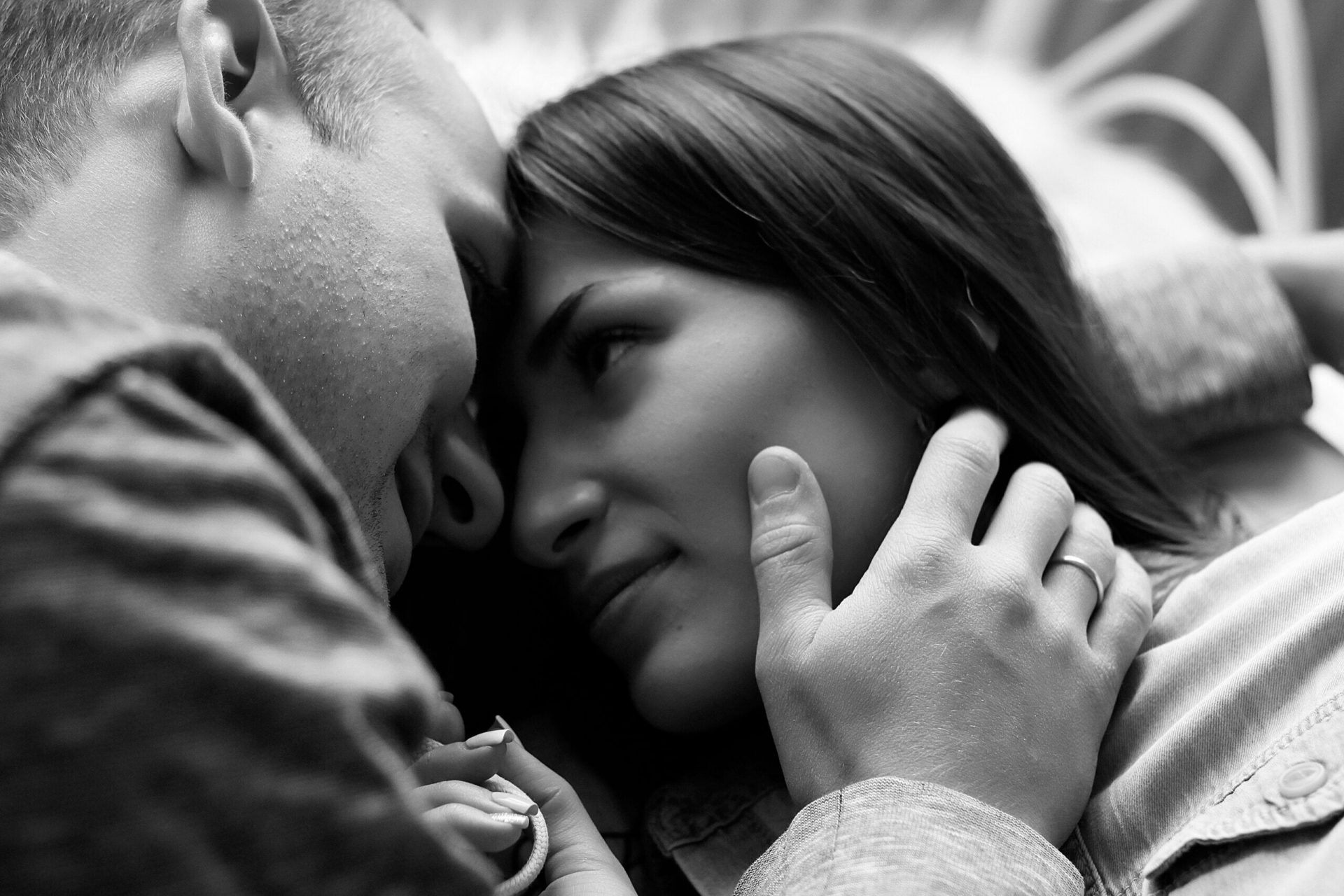At first glance, the idea of codependency sounds like what a relationship should be made of. It seems like you are both in sync with one another and depend on one another more than anyone else. Like all things that are only good in moderation, codependency quickly evolves into a toxic relationship.
1. What is a codependent relationship?
Codependency is a system where one partner places the needs of the other before their own. However, instead of it simply being for the sake of saying “yes,” to be more open-minded, the codependent puts their needs, feelings, and desires on the back burner. Over time, they worry about their partner’s needs until they literally need their partner to survive.
Codependent people do not live their own lives. In fact, if the relationship exists long enough, the codependent will actually forget about their hopes, dreams, and needs.
Read also – 5 Warning Signs Dating Is Triggering Your Anxiety
2. The codependent behaviors
There are a number of behaviors that begin to develop a codependent relationship. If you or your partner display any of these, you could be dealing with codependency:
- You give but get nothing in return and do not find anything wrong with that. (Remember, a relationship should be all about give-and-take, not give-and-give until nothing is left.)
- You or your partner have a tendency to avoid the uncomfortable emotions or conflict that often arises in a healthy relationship. Instead of talking about things, emotions are masked. Anger and humor are both very passive-aggressive.
- Whenever one of you makes a mistake, the other rushes in to take full responsibility because of the belief that “love” means “to rescue” or “to fix” the other individual.
- You have difficulty saying no to things, even if you do not want to do something out of hurting their feelings.
- There is a preoccupation with what the other person wants. Their values and opinions are more important to you than anything else.
- You cannot identify your own values and instead mirror the other person’s to fill up the void.
- Being separated from this individual for a period of time makes you realize that you cannot communicate your needs or wants to anyone. You also cannot make decisions.
- When the other person doesn’t acknowledge everything you have done for them or sacrificed, you have a feeling of resentment that they are not grateful enough – but then that anger turns to a feeling of guilt.
3. Other codependent habits
Aside from the previously mentioned behaviors, there are other actions that signify the forming of a codependent relationship.
- The “taker” and “caretaker” roles are apparent. In other words, one of you takes everything from the other person but doesn’t do much in appreciation. For example, one of you expects the other to give a massage without returning the favor. One of you makes dinner all the time, and the other person doesn’t even help clean the dishes.
- You do not trust one another. When two people are in a real, loving relationship, trust is pivotal. This means that you both have the confidence to respect one another’s privacy without snooping through text messages, emails, and drawers.
- Another major player in codependency is lacking self-confidence. Because the codependent person cannot set their own goals or distinguish their own desires from that of their partner, they need another person to boost their confidence.
Read also – What You Should Tell Your Partner When You Start Dating
Codependent people will spend their lives taking care of others and never thinking about themselves. Because of this, their mental health often worsens over time.
In order to break the habits that lead to the formation of a codependent relationship, the person displaying these behaviors has to engage in self-care and self-love practices so that they can learn to function independently and happily.

